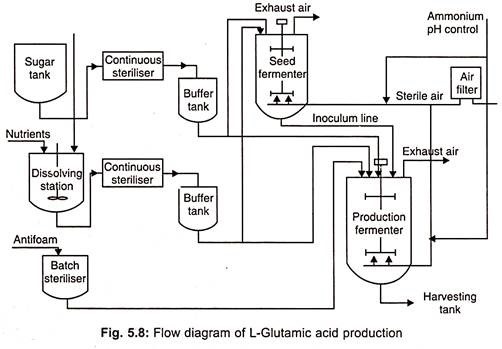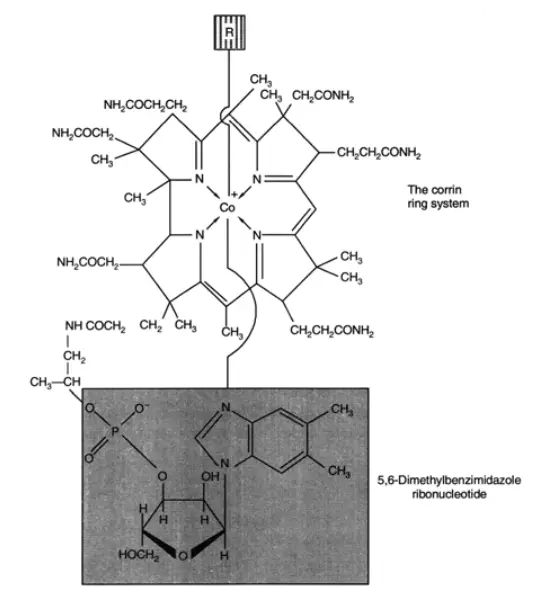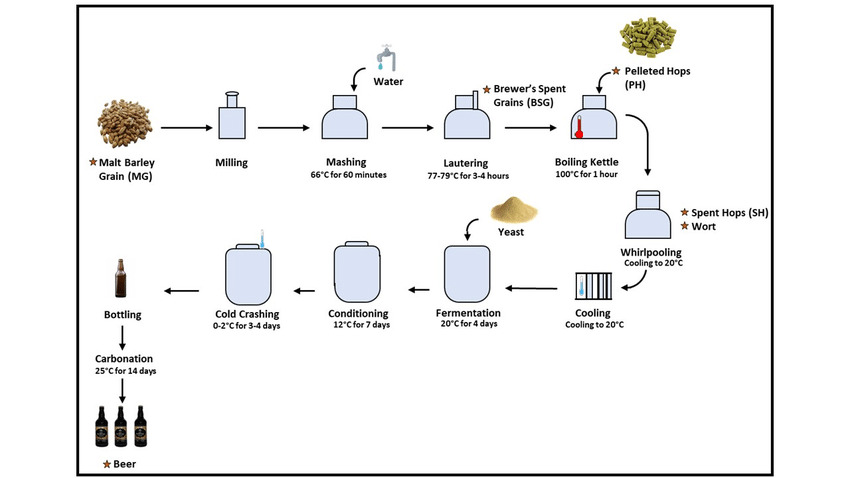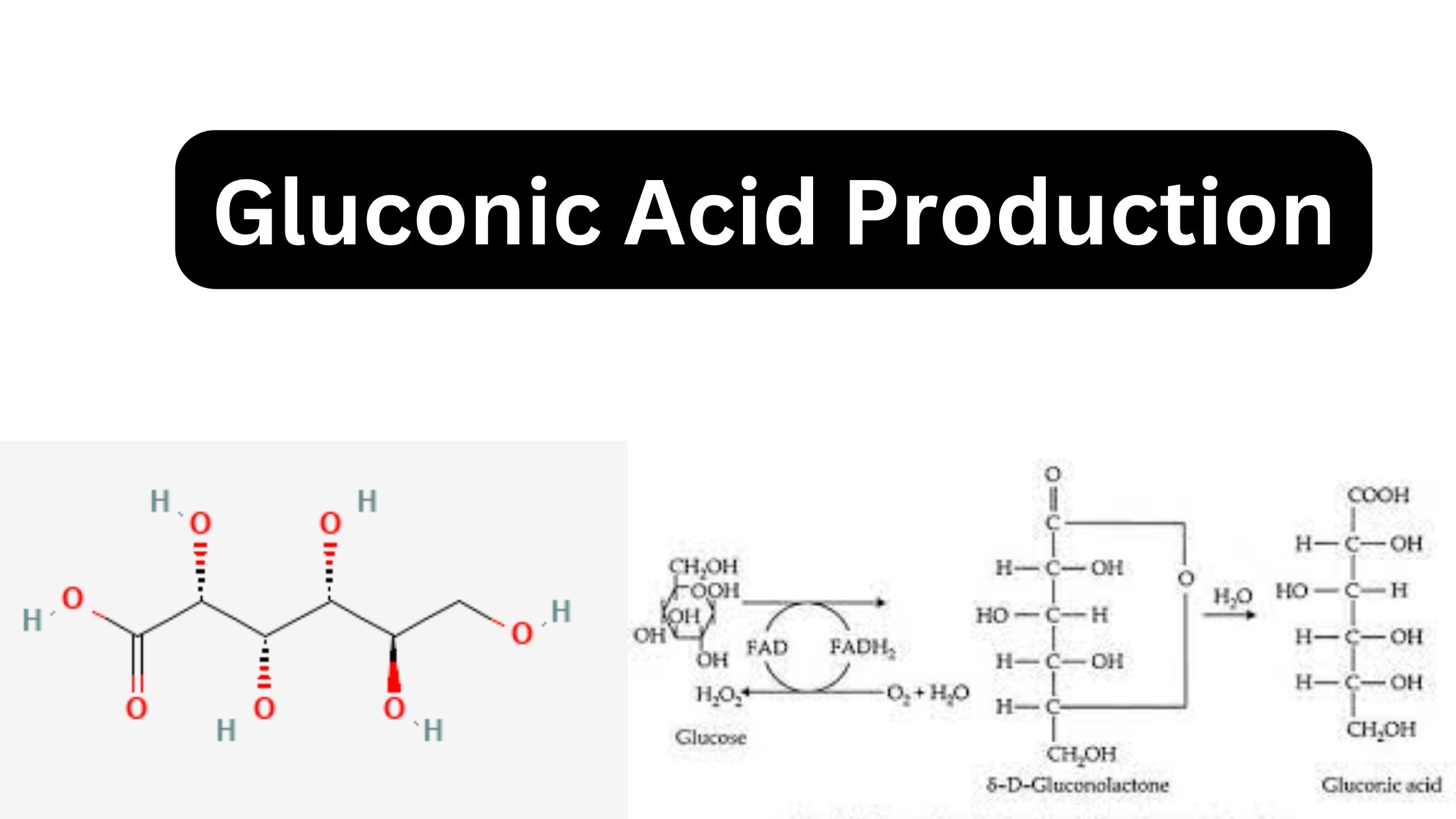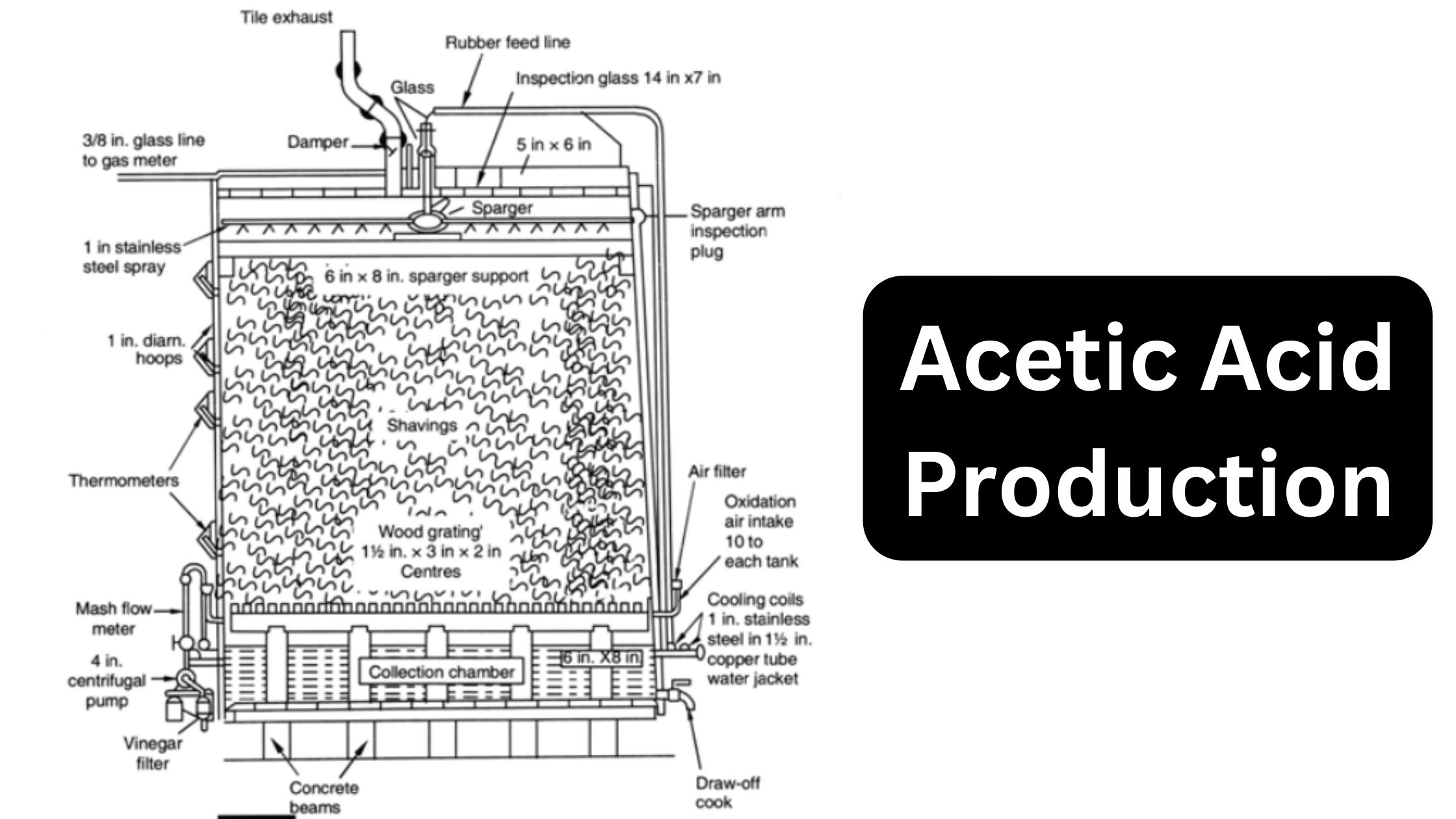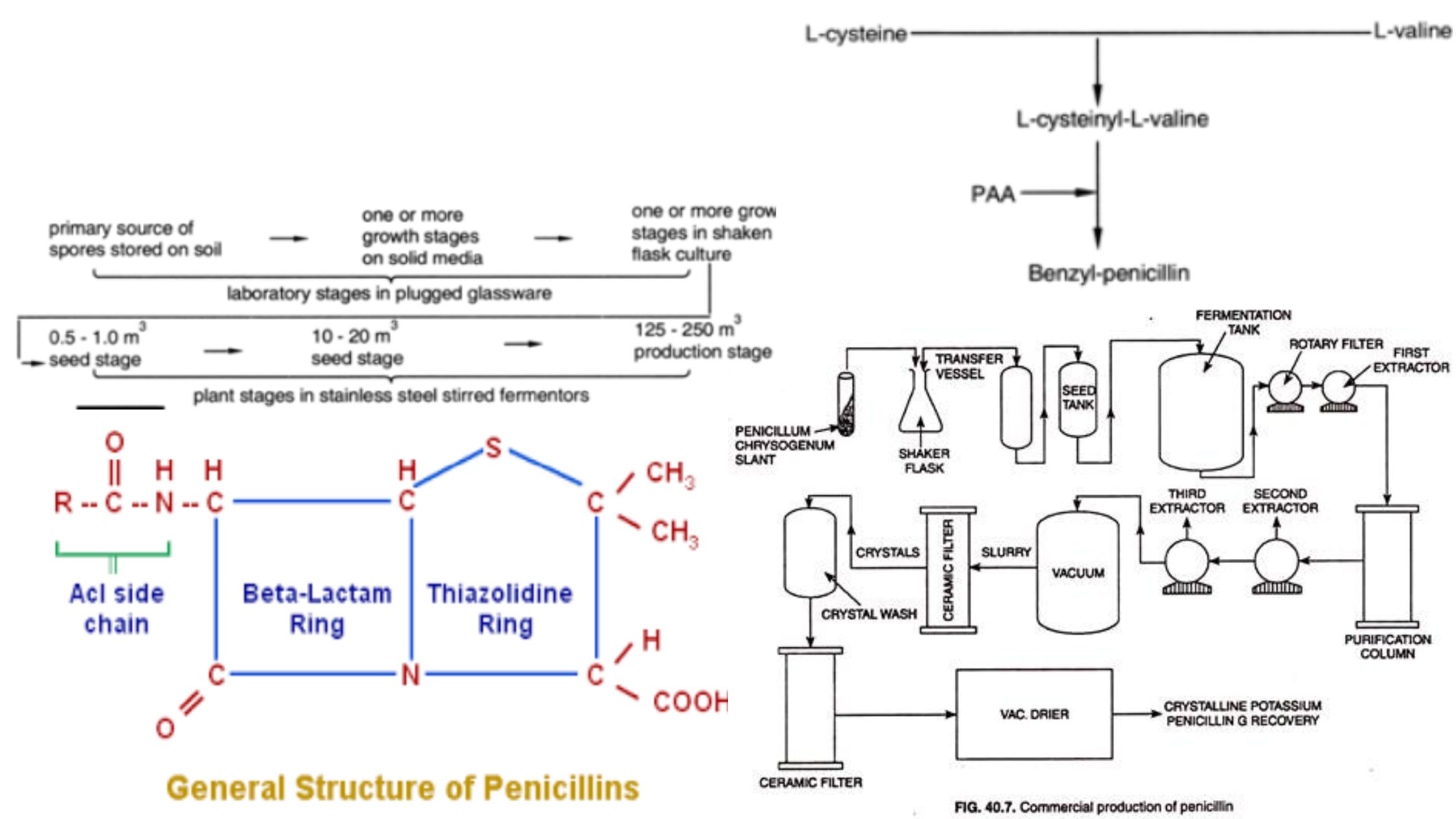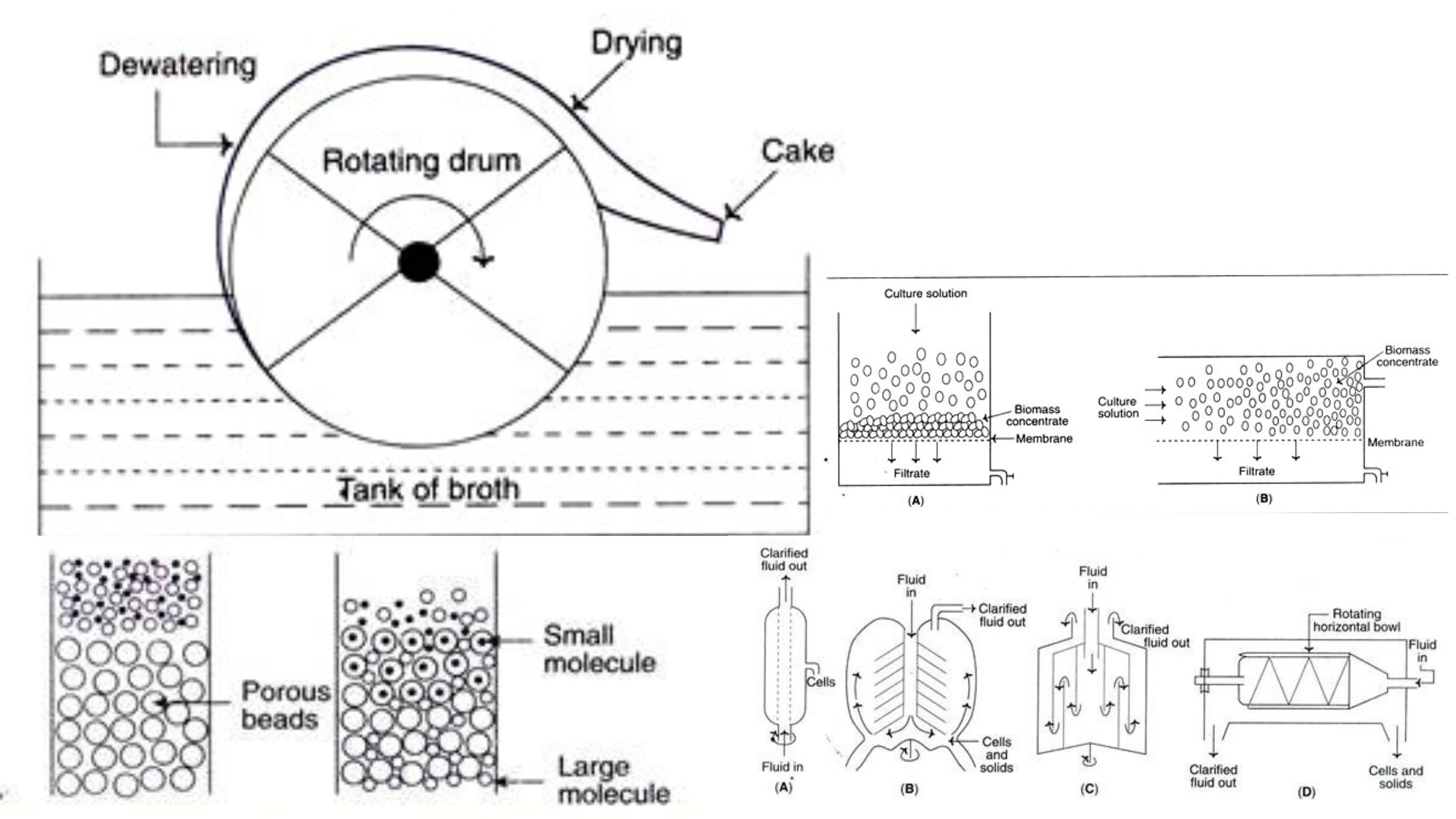L-Glutamic Acid Production
Dr. K. Ikeda, a Japanese scientist, extracted glutamic acid from kelp, a marine alga, by means of acid hydrolysis and separation in 1908. In addition, he observed that when glutamic acid was neutralised with caustic soda, it acquired a totally new, exquisite flavour. This marked the beginning of using monosodium glutamate (MSG) as a flavour … Read more
